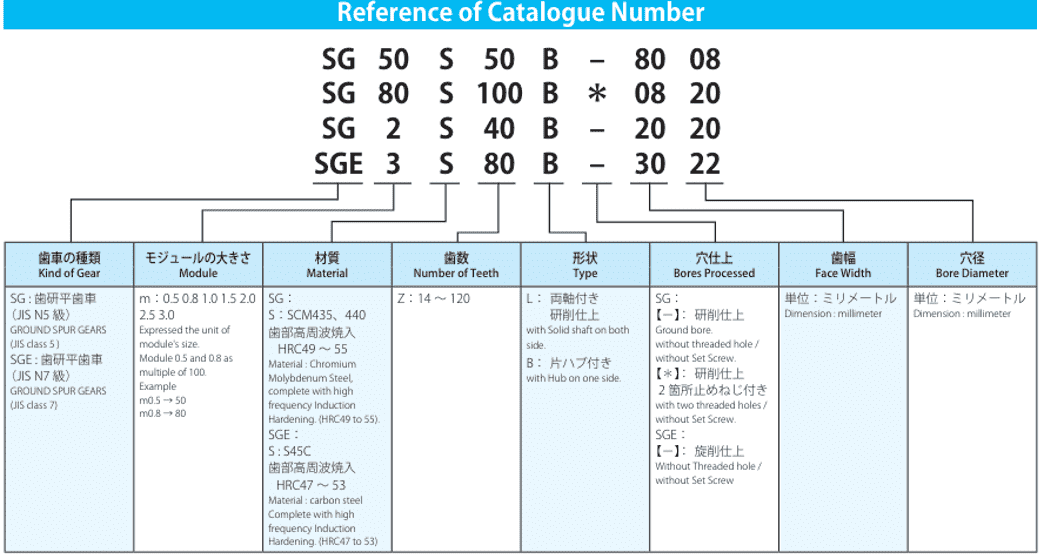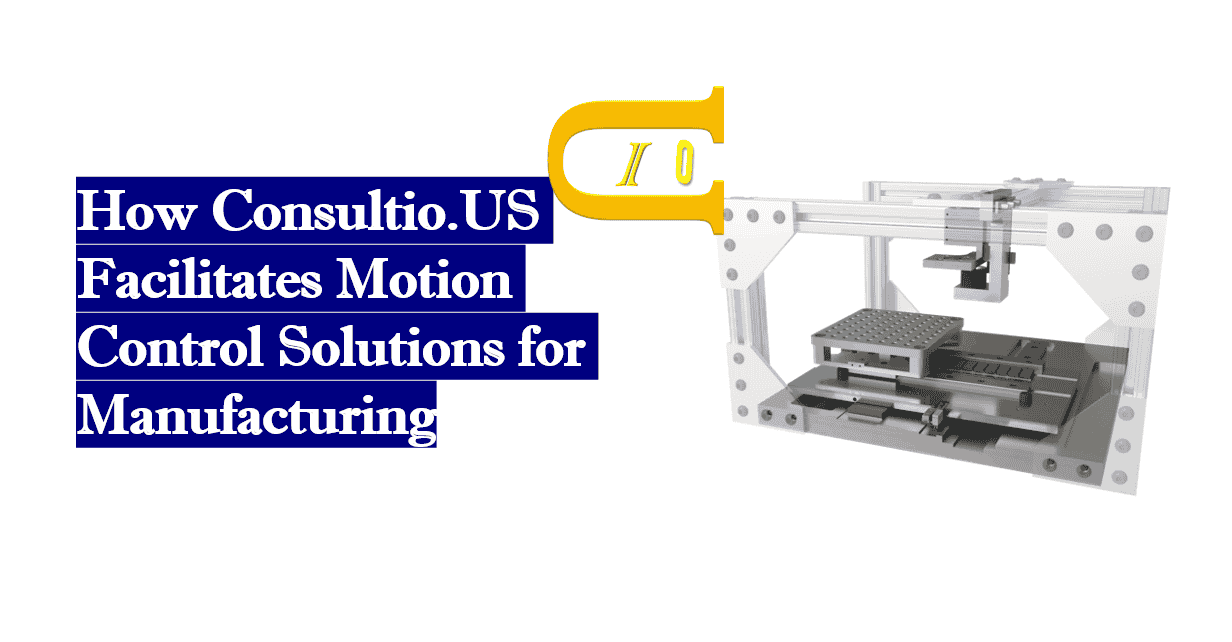How to Implement RFID in Your Supply Chain Management

How to Implement RFID in Your Supply Chain Management
In today's fast-paced business environment, effective supply chain management is crucial to maintaining operational efficiency, reducing costs, and meeting customer demands. One technology that has transformed the logistics and supply chain industry is Radio Frequency Identification (RFID). RFID offers real-time tracking and improved inventory visibility, which can streamline operations, enhance accuracy, and provide a significant competitive edge. In this article, we will explore how to implement RFID in your supply chain management, focusing on RFID for supply chain optimization, RFID integration in supply chain operations, and RFID supply chain solutions.
Table of Contents
- Introduction
- Understanding RFID Technology
- Benefits of RFID in Supply Chain Management
- Steps to Implement RFID in Your Supply Chain
- Overcoming Challenges in RFID Implementation
- Conclusion
Understanding RFID Technology
Radio Frequency Identification (RFID) is a technology that uses electromagnetic fields to automatically identify and track tags attached to objects. An RFID system consists of three key components:
- Tags: These are small devices containing an RFID chip and an antenna. Tags can be passive (no battery, activated by an RFID reader) or active (powered by a battery and transmitting signals periodically).
- Readers: These devices emit radio waves and receive signals from RFID tags. The reader can either be fixed in place or handheld, depending on the application.
- Software: The software processes the data from the RFID readers, providing real-time visibility into inventory, assets, or products across the supply chain.
RFID for supply chain purposes enables businesses to track items as they move through various stages of the supply chain, from manufacturing and warehousing to shipping and delivery. It eliminates the need for manual data entry and improves data accuracy, leading to enhanced decision-making and operational efficiency.
Benefits of RFID in Supply Chain Management
Before diving into the implementation process, it’s important to understand the key benefits RFID can bring to your supply chain:
- Real-Time Tracking and Visibility: RFID provides continuous, real-time updates on the location and status of items, making it easier to monitor stock levels, shipments, and asset movement across your entire supply chain.
- Increased Efficiency: With RFID technology, you can automate inventory counts, streamline order fulfillment, and reduce errors associated with manual processes. This can lead to significant time savings and cost reductions.
- Enhanced Accuracy: RFID eliminates manual scanning errors, improving the accuracy of your inventory data and helping to reduce stockouts or overstocking issues.
- Improved Traceability: RFID ensures that products can be traced from origin to destination, helping businesses meet regulatory requirements and ensuring product quality and safety.
- Optimized Warehouse Operations: By using RFID to monitor the movement of goods in warehouses, companies can reduce time spent searching for products, improve picking accuracy, and automate reordering processes.
Steps to Implement RFID in Your Supply Chain
Implementing RFID in your supply chain management system requires careful planning and execution. Below are the key steps to effectively integrate RFID into your supply chain operations:
1. Assess Your Business Needs
Before jumping into RFID integration, it’s essential to assess your supply chain needs and determine how RFID technology can add value. Are you looking to improve inventory management, optimize shipping processes, or enhance real-time tracking capabilities? Understand the pain points within your current operations and identify areas where RFID can offer the most benefit.
2. Choose the Right RFID Solution
There are different types of RFID systems and tags available, and selecting the right one is crucial for the success of your RFID integration. RFID systems are typically categorized into two frequencies:
- Low-Frequency (LF): Best suited for short-range applications, such as animal tracking.
- High-Frequency (HF) and Ultra High Frequency (UHF): These are ideal for longer-range tracking, making them perfect for supply chain applications.
Consider factors such as read range, environmental conditions (e.g., temperature, moisture), and the type of products you are tracking when selecting your RFID tags and readers. UHF RFID is commonly used for supply chain solutions due to its longer range and faster read speeds.
3. Integrate RFID Software with Existing Systems
For RFID to be effective, it must be integrated with your existing Enterprise Resource Planning (ERP) or Warehouse Management System (WMS). This integration ensures that data from RFID readers is automatically processed and linked to inventory management systems, order processing, and other critical business operations.
RFID supply chain solutions should include robust software that can handle real-time data, generate reports, and provide actionable insights. This software should also allow for seamless communication between RFID hardware and your back-end systems.
4. Deploy RFID Hardware
Once you have selected the right RFID tags, readers, and software, the next step is deployment. This involves physically installing RFID readers in strategic locations throughout your supply chain, such as in warehouses, loading docks, or transportation vehicles. You’ll also need to attach RFID tags to your products, packaging, or pallets.
For large-scale operations, consider working with an RFID system integrator to ensure proper installation, calibration, and testing of all hardware components. This will minimize downtime and ensure the system is optimized for your supply chain needs.
5. Train Your Team
Successful RFID integration in supply chain operations relies on proper training for your employees. Your warehouse staff, supply chain managers, and IT team should understand how to use RFID technology, interpret data, and troubleshoot issues. Training should cover the operation of RFID readers, tag placement, and how to use the software to monitor inventory and track shipments.
6. Monitor and Optimize
After the RFID system is up and running, it’s important to continually monitor its performance. Track key metrics such as inventory accuracy, shipping times, and error rates to gauge the success of your RFID supply chain solutions. Use the data collected by the RFID system to make data-driven decisions and fine-tune your processes for optimal efficiency.
Overcoming Challenges in RFID Implementation
Although RFID offers numerous benefits, there are challenges to consider during implementation:
- Cost: The initial setup costs for RFID hardware, software, and integration can be significant. However, the long-term savings from improved efficiency and reduced errors often justify the investment.
- Compatibility: Ensuring that RFID solutions integrate seamlessly with your existing systems and infrastructure is crucial to avoid disruptions during the transition.
- Data Security: With RFID systems providing real-time data, it’s important to implement robust security measures to protect sensitive information from unauthorized access.
Conclusion
RFID for supply chain management is a powerful tool that can transform your business operations, from tracking inventory to optimizing logistics. By following the right steps to integrate RFID into your supply chain, you can enhance visibility, reduce costs, and improve operational efficiency. Whether you’re looking to upgrade your inventory management or streamline your shipping processes, RFID integration in supply chain operations offers a wide range of benefits that can help you stay competitive in a rapidly evolving market. With careful planning, the right RFID supply chain solutions, and effective execution, your business can reap the rewards of this innovative technology.
Related Products
Here are some relevant statistics and facts to enhance the article on implementing RFID in supply chain management:
-
Global RFID Market Growth
The global RFID market is expected to reach $40.5 billion by 2026, growing at a compound annual growth rate (CAGR) of 14.7% from 2021 to 2026. This growth is driven by the increased adoption of RFID technology in supply chain management, retail, and logistics industries. (Source: MarketsandMarkets) -
Inventory Accuracy Improvements
Companies that implement RFID in their supply chains have seen inventory accuracy improvements of up to 99%. This increased accuracy helps reduce stockouts and overstocking, leading to cost savings and better customer satisfaction. (Source: Zebra Technologies) -
Reduction in Operational Costs
RFID technology can reduce operational costs by up to 30% in warehouse management and 20% in labor costs related to inventory tracking and asset management. By automating processes like stock counting, businesses can minimize the need for manual labor. (Source: RFID Journal) -
Real-Time Visibility Benefits
Businesses that use RFID for supply chain management can gain real-time visibility into inventory levels. This visibility leads to faster decision-making, more efficient order fulfillment, and reduced lead times. According to a study by the University of Arkansas, RFID-enabled systems reduce inventory cycle time by up to 50%. -
RFID in Retail
Retailers using RFID technology report a 10-15% increase in sales due to better stock availability, leading to improved customer satisfaction. This is especially important for companies that rely on fast-moving consumer goods and need to ensure optimal stock levels on shelves. (Source: GS1) -
Error Reduction in Data Entry
RFID can reduce manual data entry errors by 40-50%. This leads to improved accuracy in order processing, shipping, and receiving, which in turn minimizes costly errors such as incorrect deliveries or lost inventory. (Source: Accenture) -
Supply Chain Efficiency
Companies that adopt RFID supply chain solutions report a 20-30% improvement in supply chain efficiency. This includes faster asset tracking, optimized inventory management, and improved shipping times, all contributing to more streamlined operations. (Source: Aberdeen Group) -
Adoption in Transportation and Logistics
40% of logistics and transportation companies have implemented RFID technology in their operations. The use of RFID helps track shipments in real-time, improving accuracy and reducing the potential for delays. (Source: Supply Chain Quarterly) -
Return on Investment (ROI)
A study conducted by Accenture found that companies can see an ROI of 30-40% within the first two years of implementing RFID systems in their supply chain operations, due to enhanced inventory accuracy, reduced losses, and better resource management.






